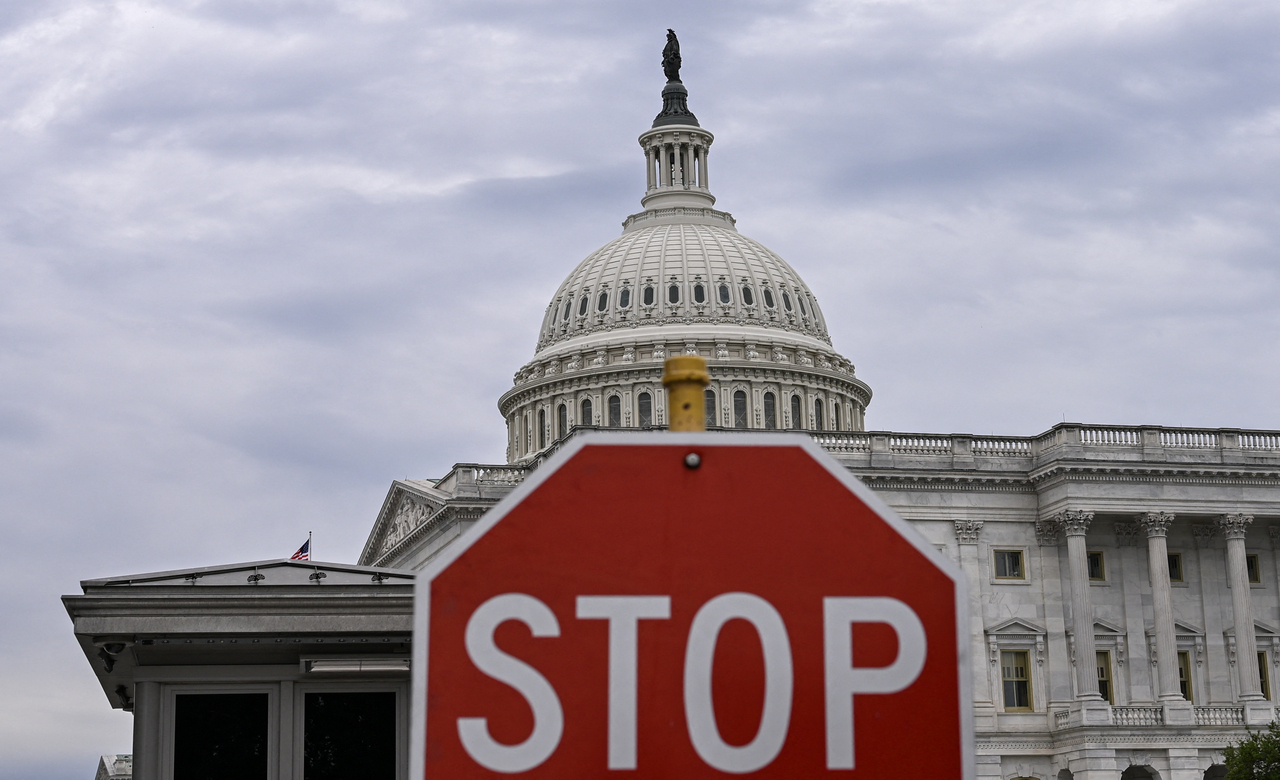The clock struck midnight on October 1, 2025, and the U.S. federal government entered a partial shutdown after Congress failed to pass a new funding bill. The inability to reach consensus between Democrats and Republicans halted essential services and left hundreds of thousands of employees in limbo.
This episode marks the first full “shutdown” since the prolonged 35-day closure during the Trump administration in 2018–2019. This time, the spark of the conflict was a budget proposal rejected in the Senate. The H.R. 5371 bill, pushed by Republicans, failed to gain the necessary support 55 votes against 45 falling short of the 60 needed to overcome a filibuster.
Democrats conditioned their support on the extension of subsidies under the Affordable Care Act (Obamacare), a demand that triggered a direct confrontation with Republicans, who sought to approve a “clean” funding bill without concessions on healthcare. From the White House, a directive was issued for all agencies to “implement their plans for an orderly shutdown,” while the Office of Management and Budget (OMB) placed direct blame on Democrats for the impasse.
An unsettling element of this standoff is the official warning that some agencies could proceed with permanent layoffs if the shutdown drags on. Such a move would mark a break from the historical practice of temporary furloughs. Moreover, some unions have sued the government over what they consider illegal instructions forcing agencies to prepare “staff reduction plans.”
The consequences are already being felt. An estimated 750,000 federal employees could be furloughed without pay, while other agencies scale back operations. In healthcare, for instance, the Department of Health and Human Services plans to cut 41% of its workforce, affecting key activities such as epidemiological surveillance. In aerospace and transportation, more than 11,000 FAA employees will be furloughed, though air traffic controllers will continue working without immediate pay.
But why has this political deadlock become so severe? The answer lies in the growing polarization of the U.S. system. Republicans see an opportunity to impose fiscal discipline and slash programs they view as part of “government bloat,” while Democrats leverage healthcare subsidies as bargaining chips. Internal fragmentation within both parties further complicates the prospects for moderate compromise.
